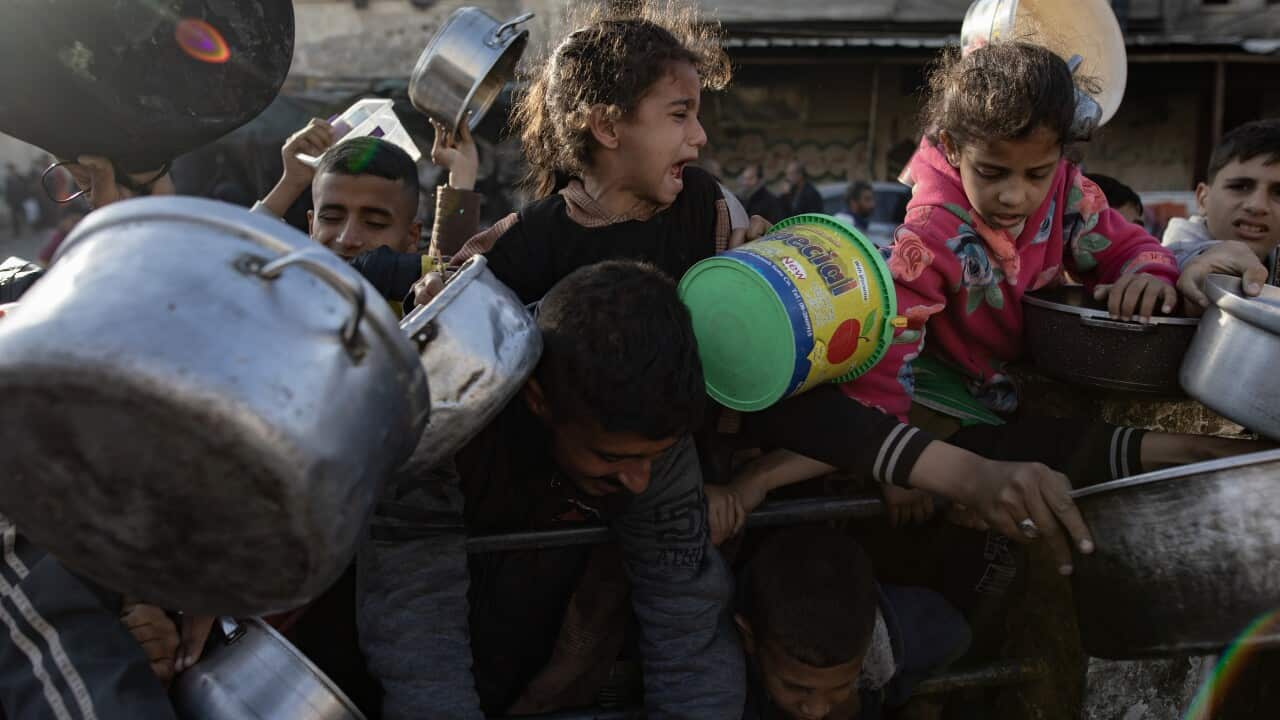Highlights
- Dutch-Australian William Ouderland fought in Bangladesh’s War of Liberation in 1971.
- He was conferred the country’s fourth highest gallantry title, 'Bir Pratik', and given a state funeral in 2001.
- A guerrilla fighter in WW II, Mr Ouderland trained Bengali freedom fighters in Dhaka while working in a shoe factory.
This year marks the 50th anniversary of the independence of Bangladesh. Australia was amongst the first few in the world to recognise Bangladesh as a separate country. Australia also became the country that Dutchman William A S Ouderland called home after he fought in Bangladesh’s War of Liberation, for which he was conferred the country’s gallantry award.
William Abraham Simon Ouderland was born in Amsterdam on 6 December 1918. He went to Dhaka – then spelled Dacca, the capital of East Pakistan – in 1970 as the managing director of Bata Shoe Company. He went there to do an office job but ended up a covert commando.
He moved to Australia after retiring from his job. Bangladesh conferred upon him a gallantary award for his services. This made him famous amongst Bangladeshis all over the world, who began to search for him.
Dr Qaiyum Pervez, now a resident of Sydney, was a freedom fighter in Bangladesh’s War of Liberation in 1971. He found Mr Ouderland in Perth.
He brought this forgotten freedom fighter into prominence, man who had no relations with the Bangla people before 1971, but developed a lasting relationship with the newly-formed country we know as Bangladesh today.

Nigel Bowen was the Australian foreign minister when Bangladesh was recognised as a new country. Source: Public Domain / NAA
Separated in Bangladesh, united in Australia
Dr Qaiyum Parvez, now a senior lecturer at the University of Western Sydney weighs in on his relationship with Mr Ouderland.
“When he retired, he moved to Australia and began living in Perth. He had a massive heart attack and underwent a bypass surgery. I learnt about it and contacted his wife, Maria,” recalls Dr Qaiyum.
Mr Kamrul Ahsan Khan of Canberra gave him Maria’s phone number.
He sent her an English translation of a poem written by him in Bangla on Mr Ouderland.
“I contacted Maria again, who said that she had read the poem to him. He could neither speak a word nor stop his tears,” recalls Dr Qaiyum.

Dr Qaiyum Parvez. Source: Facebook/Qaiyum Pervez
“When I heard that he had passed away, I contacted the Bangladeshi High Commissioner in Canberra as the Bangladesh government had announced that any freedom fighter, native or foreigner, who took part in our War of Liberation, will be given state honour at the time of his death” says Dr Qaiyum.
“Perth is home to many Bangladeshi freedom fighters. We got condolence messages from our prime minister and foreign minister. We were sent the Bangladesh national flag to put on his coffin. This is how we gave him a funeral with full state honours,” recollects Dr Qaiyum.
Bangladesh has conferred 426 freedom fighters with its fourth highest gallantry title, the 'Bir Pratik’, meaning ‘symbol of bravery’. Mr Ouderland was one of them and the only foreigner to be decorated.

On 7 March 1971, East Pakistan's Awami League party leader Sheikh Mujibur Rehman, addresses a gathering beneath the flag proposed for Bangladesh. Source: AAP Image/AP Photo, File
Ouderland of Dacca
Mr Ouderland was shocked when he witnessed the massacre of East Pakistanis in Dacca on the night 25 March 1971.
Named 'Operation Searchlight', it was a military operation conducted by the Pakistan Army in Dacca to quell the uprising by thousands of Bangla-speaking East Pakistanis.
Under the leadership of Sheikh Mujibur Rahman, known as the father of the Nation later, this uprising assumed gigantic proportions and became a civil disobedience movement.

Sheikh Mujibur Rahman (Centre) addresses an election rally in Dacca, East Pakistan. Source: AAP Image/AP Photo/Dennis Lee Royle, File
They soon began demanding independence from Pakistan, which ruled over them from more than 1,000 miles away but left issues closer home – like self-rule and their freedom to speak Bangla – unaddressed.
Mr Ouderland used his professional advantage as the head of Bata in Bangladesh to establish friendly relations with the upper echelons of the Pakistani military regime and gathered information for the Bengali freedom fighters.
He had fought as a guerrilla commando in World War II. Armed with that experience, he secretly helped the freedom fighters in ways more than food and finance. He also secretly trained them in guerrilla warfare.
Eventually, he headed for the battleground. With his planning and management, several operations were undertaken in and around Dhaka.

Armed East Pakistan fighters head for the battle front by pedicab, in Jessore, East Pakistan. Source: AAP Image/AP Photo, File
Dr Qaiyum painfully recalls the time when he was arrested by the Pakistan army during the war.
“They tortured me a lot. I was taken to a room of 40 people. Each night, they took one or two and they never returned. Every night, I thought, would be my last night. But fortunately, I lived to see this day,” he recollects.
The birth of Bangladesh
On 26 March 1971, Bangladesh came into being and declared itself a free country and severed ties with Pakistan. The proclamation of independence was ratified later on 10 April 1971.
However, Bangladesh commemorates its Victory Day on 16 December, when the Pakistan Army surrendered to the Indian army at Dhaka and signed the Instrument of Surrender.

Pakistan’s Gen. Niazi, (seated, centre), signs the surrender document as India’s Gen. Aurora (left) looks on surrounded by other commanders. Source: AAP Image/AP Photo, File
Listen to Dr Qaiyum Parvez's interview in English by clicking on the audio player inside the picture at the top of the page.





